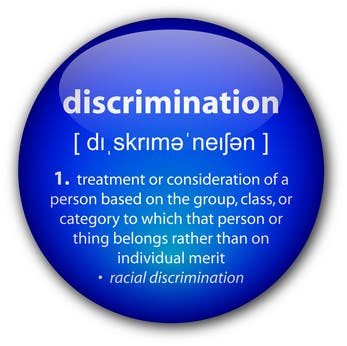By Eric B. Meyer
When does transferring an employee amount to discrimination?
Well, I think we can all agree that, when an employee’s protected class motivates a company to transfer him to a less desirable position, it’s time to call the lawyers and break out the checkbook.
But, what makes a transfer position less desirable?
Yesterday, I was reading this opinion (Mobley v. Miami Valley Hospital) from the Cincinnati-based Sixth U.S. Circuit Court of Appeals about a hospital employee, who was undoubtedly suffering from a “disability” under the Americans with Disabilities Act.
However, for several years, despite what the court described as “significant cognitive and physical impairments,” this plaintiff performed well as a housekeeper. Eventually, however, the hospital transferred the plaintiff to a different housekeeping role, one which he had trouble performing. Indeed, it was his poor performance in this new position that led the hospital to terminate his employment.
A discriminatory transfer must be objectively worse
To prove ADA discrimination, a plaintiff must show that he suffered an adverse employment action because of his disability. Indeed, an act by the employer must be “materially” adverse to the interests of a reasonable person in the plaintiff’s position.
Even if a transfer doesn’t result in a change in title, salary, benefits, or shift hours, it’s possible that a transfer may be materially adverse. However, the plaintiff would still have to show that the transfer was objectively worse. The plaintiff housekeeper certainly had a tough time performing his new job. But, he was unable to prove that his issues in the new position were anything more than subjective.
As the court noted:
We find unpersuasive his argument that cleaning patient rooms was more physically demanding to a reasonable person….And he clearly struggled with the job, as he could service only a fraction of the rooms on his two assigned floors during any shift. But his personal difficulty with the job does not in and of itself raise a genuine dispute that the position is objectively intolerable.”
Don’t forget about the duty to accommodate
While the transfer in this case was not discriminatory, the Sixth Circuit reversed summary judgment in the employer’s favor on the plaintiff’s failure to accommodate claim. That is, after the plaintiff was transferred and struggled in his new position, he requested a transfer back to his old housekeeping position and submitted physician notes to support this accommodation request. The Sixth Circuit indicated that the transfer back was a reasonable accommodation and the employer didn’t go far enough with a good faith dialogue with the plaintiff.
So, when it comes to employees with disabilities, remember ABC: Always Be Communicating.
While, the onus is on an employee with a disability to request an accommodation, you need to be ready to have an ongoing good faith dialogue with that employee to explore the range of reasonable accommodations that may exist to allow that employee to perform the essential functions of the job.
This was originally published on Eric B. Meyer’s blog, The Employer Handbook.
